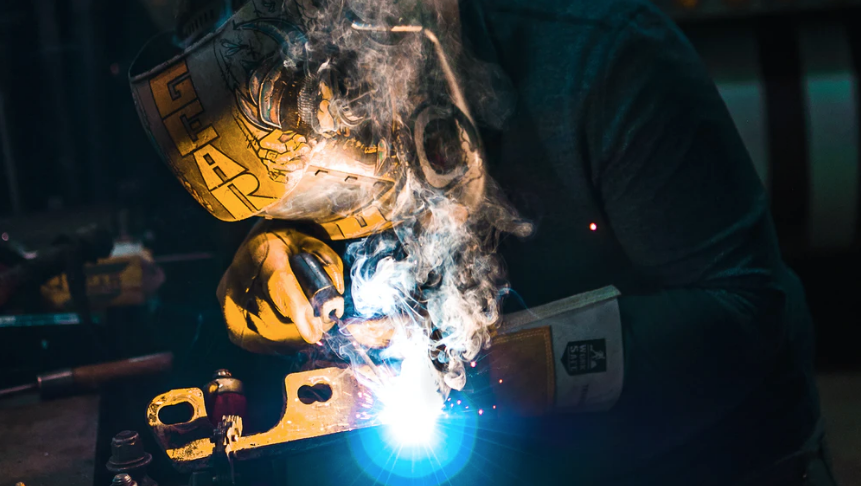 During 2020, the COVID-19 pandemic had an undeniable impact on manufacturing—in the U.S. and around the world. Even a quick glance at national statistics from last year bear this out. The U.S. Gross Domestic Product (GDP) plummeted by an estimated 32 percent between March and May of 2020, and American metal fabrication fell more than 11 percent during the same time.
During 2020, the COVID-19 pandemic had an undeniable impact on manufacturing—in the U.S. and around the world. Even a quick glance at national statistics from last year bear this out. The U.S. Gross Domestic Product (GDP) plummeted by an estimated 32 percent between March and May of 2020, and American metal fabrication fell more than 11 percent during the same time.
The silver lining to these troubled times, while hard to see initially, is that the challenges imposed by 2020 led to innovation and improvement in the manufacturing industry. Companies were forced to reevaluate their operations, adopt new processes to meet market demand, and make changes to improve efficiency and profit.
In the metal manufacturing arena, five trends made their way to the forefront which are likely to shape the industry going forward:
Adoption of Agile Methodologies
The COVID-19 pandemic was a litmus test for metal manufacturing’s ability to adapt to new circumstances quickly. Between quarantine-forced shutdowns and supply chain interruptions, metal manufacturers were forced to be more proactive than reactive with their decision-making. Remaining agile during the early phase of the pandemic proved to be less about moving from one task to another quickly and more about anticipating customer needs and being able to adapt readily and shift gears smoothly.
Implementation of Automation
Increases in automated technology in the metal manufacturing industry, including Artificial Intelligence (AI), predictive maintenance, and the use of robots, is expected to improve overall growth and efficiency. For example, an automated production line or supply chain is more insulated from downtime due to short staffing related to illness like the coronavirus, allowing managers to allocate their workers to more sophisticated, safety-oriented tasks. While robots and automatons aren’t expected to take over the shop, they can provide practical assistance when something like a pandemic hits.
Bridging of the Digital Divide
In the pre-COVID world, manufacturing often lagged behind other industries with regard to adapting digitization. That is changing, however, as a result of the pandemic. Many metal manufacturers were forced to rely on technology to move forward, resulting in an overall “upskilling” of their existing workforce and the new hiring of employees who were well versed in cloud computing, new software, or advanced data analytics. Even prior to the pandemic, the World Economic Forum had estimated that over half the world’s employees would need “significant training” to meet the technological demands of the global economy—a percentage that may well have increased during 2020.
Re-Implementing a U.S-based Supply Chain
There was a time not long ago when establishing a cheap, overseas supply chain seemed like a good idea. When coronavirus forced the near-total shutdown of the global manufacturing industry, companies saw for the first time how tenuous international supply chains can be. Because American-based supply chains are more insulated from outside forces, manufacturing businesses are considering switching their supply chains from international to domestic through a process called “reshoring.”
Increased Use of 3D Printing
Testing and troubleshooting product prototypes created using 3D printing is quick, efficient, and cost-effective for manufacturers. 3D printing also allows manufacturers to produce items quickly on demand without waiting for them to be made in the warehouse. The use of 3D printing in manufacturing, especially in metal fabrications, grew during 2020 and is expected to continue to gain ground exponentially in the future.
